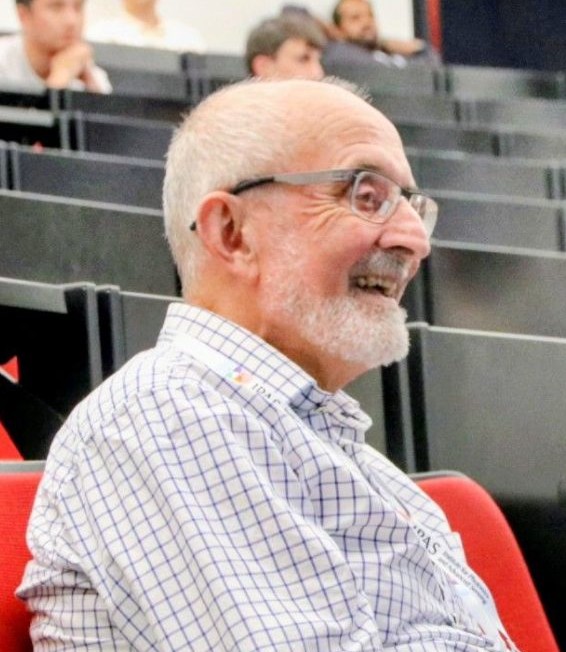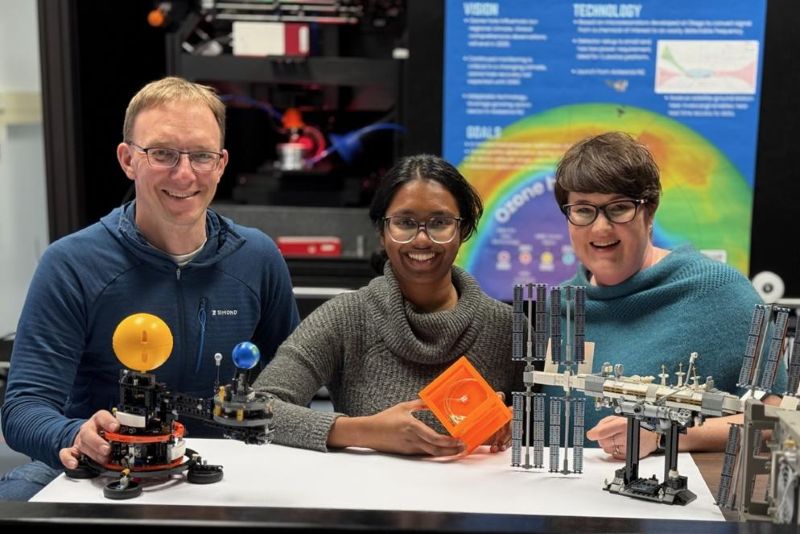Delivering a game-changer for prostate cancer detection and treatment

Worldwide, prostate cancer incidence and mortality rates are rising. New Zealand has one of the worst rates of prostate cancer in the developed world, with 75.8 cases per 100,000 males.
Dr Claude Aguergaray, UoA Physics Department and Dodd-Walls Centre Principal Investigator, and his team are leading the development of new real-time prostate cancer detection technology enabling in vivo, real-time, prostate cancer diagnosis and improved surgery outcomes.
“This new technology will transform prostate cancer detection and treatment with less invasive, more accurate and more effective procedures,” says Dr Aguergaray. “There’s a real need for a new approach to this deadly disease. Our research will improve health outcomes by eliminating barriers to diagnosis and providing more compelling and effective paths to successful treatment.”
Current care invasive, ineffective and time consuming
The current standard of care to diagnose prostate cancer is invasive and ineffective, which can lead to men avoiding diagnosis due to stigma around the technique. It’s also known to miss early-stage signs of prostate cancer.
Improved detection
Dr Aguergaray’s team is developing a device that can instantaneously detect whether cell tissue is cancerous. The team uses a purpose-built, non-invasive laser probe to retrieve information about the make-up of live tissue.
Improved diagnosis
“Traditionally, patients who have suspected prostate cancer (patients with elevated PSA level or other symptoms) have to undergo up to three surgical biopsy procedures to get a diagnosis. On average, 12 biopsy cores are collected each time and are sent to a pathology lab. Results take on average 3 weeks,” says Dr Aguergaray. “Our diagnostic probe does not require samples to be collected; it is proving to be very accurate and gives an instant picture of whether the area tested contains any cancerous tissue. This could be a game-changer for prostate cancer detection and treatment.”
Improved surgical outcomes
The new device will also have a strong impact on prostate removal surgeries.
“Currently, about 30 per cent of surgeries on prostate cancer patients leave some cancer behind. These men are at risk of developing aggressive cancers and require further adjuvant treatments (radio or chemotherapy),” says Dr Aguergaray. “Our instrument can guide clinicians during resection surgeries to ensure they remove all the cancer, dramatically improving patient outcomes.”
Dr Aguergaray and his team will conduct further clinical trials at the Manukau Super Clinic in Auckland this year to test their instrument directly on patients and continue their commercialisation efforts through their start-up Probentis to bring this technology closer to the hands of clinicians and help patients worldwide.







